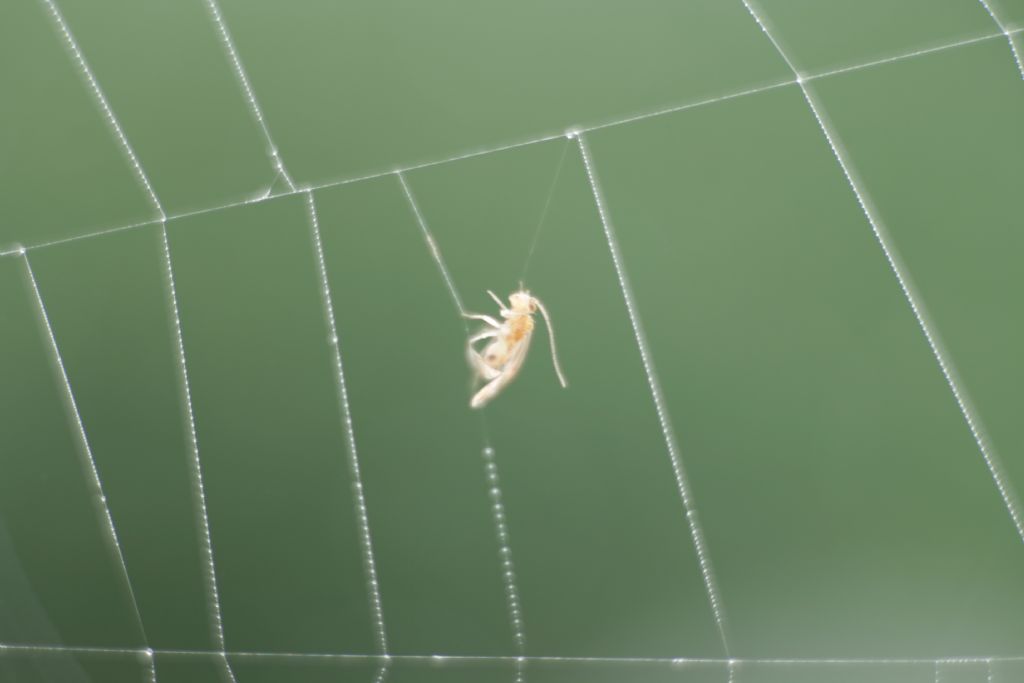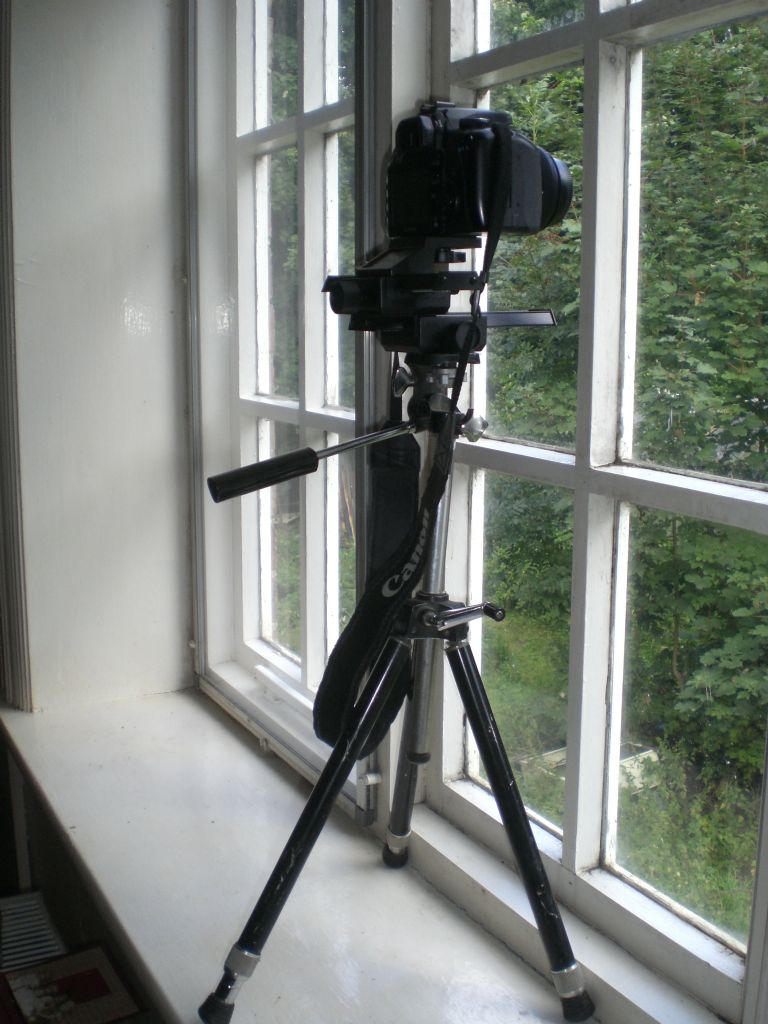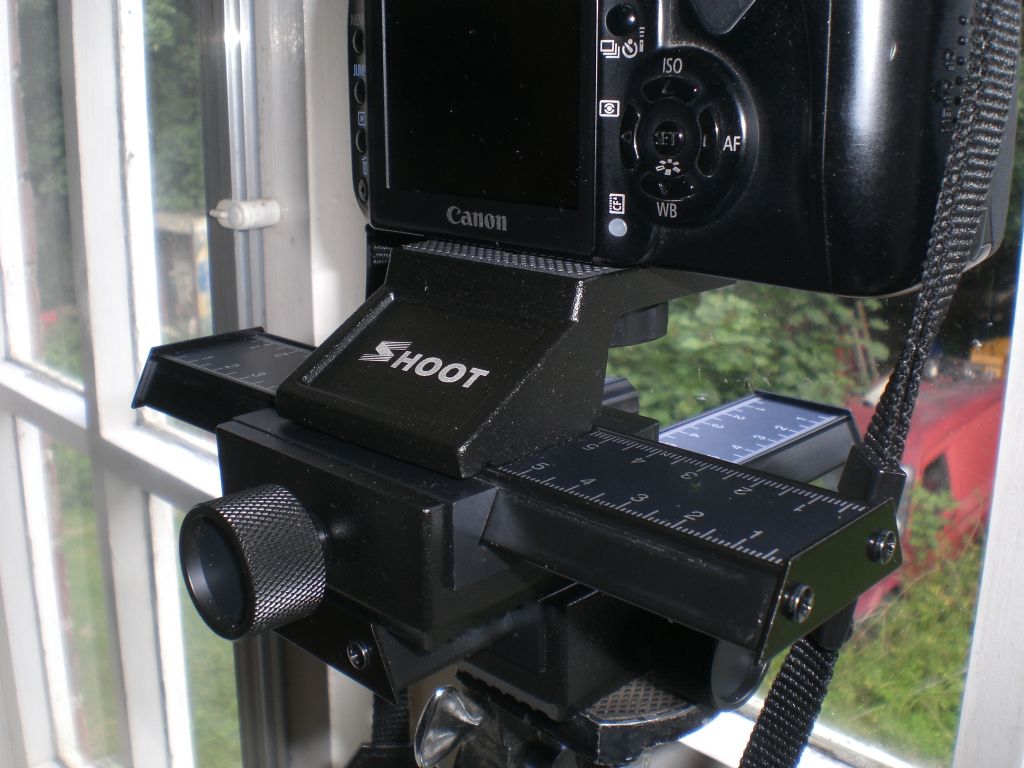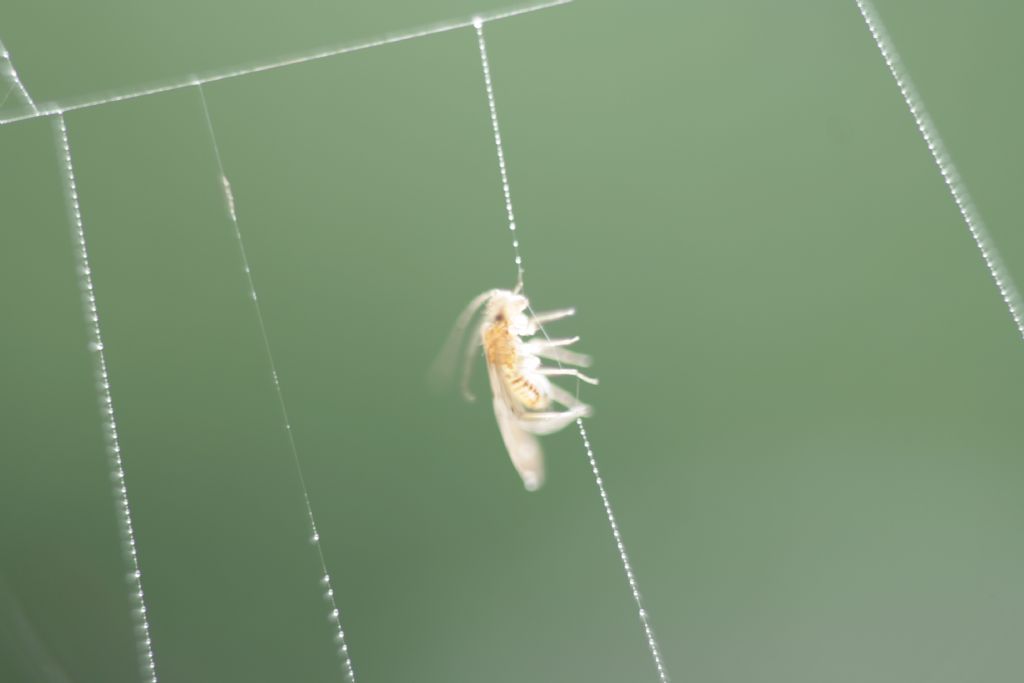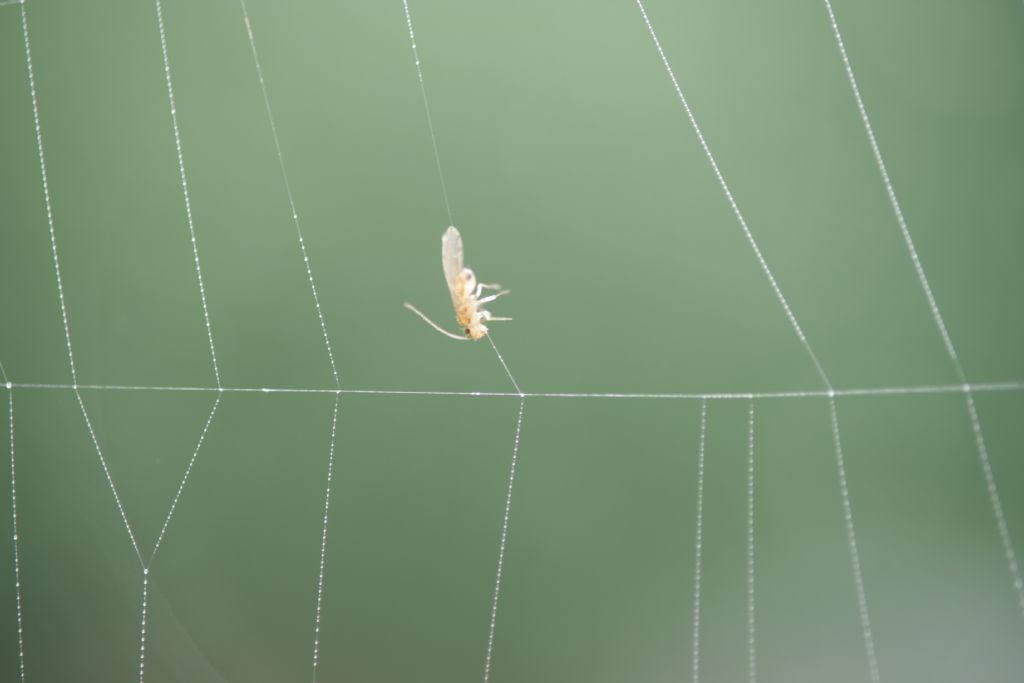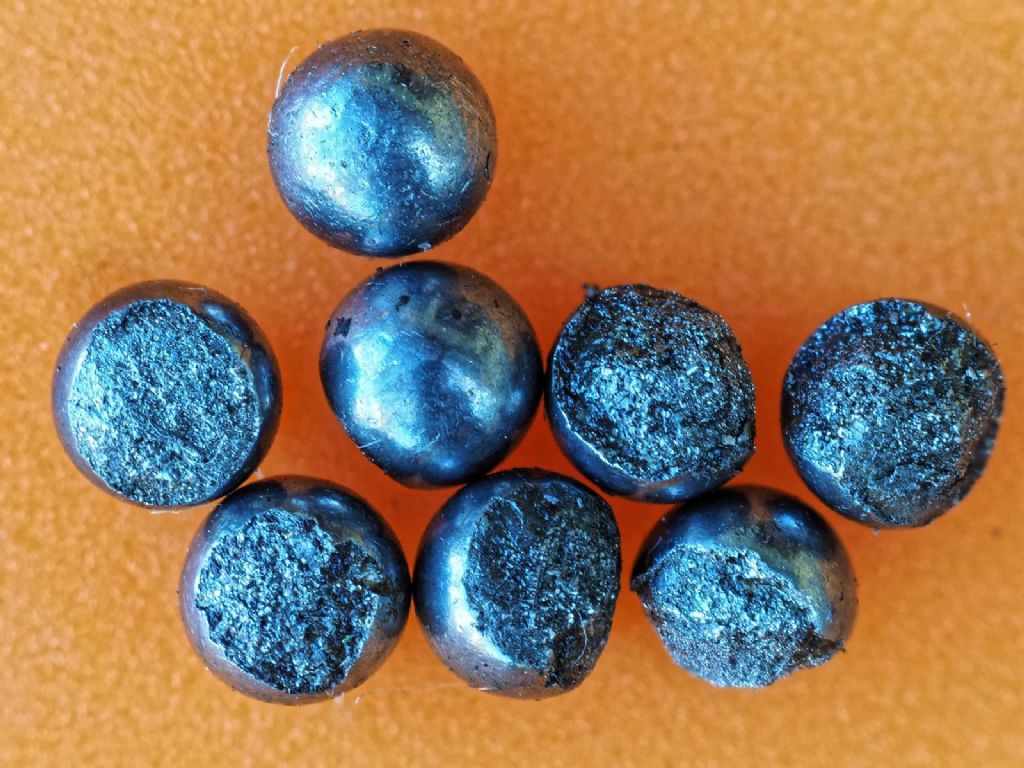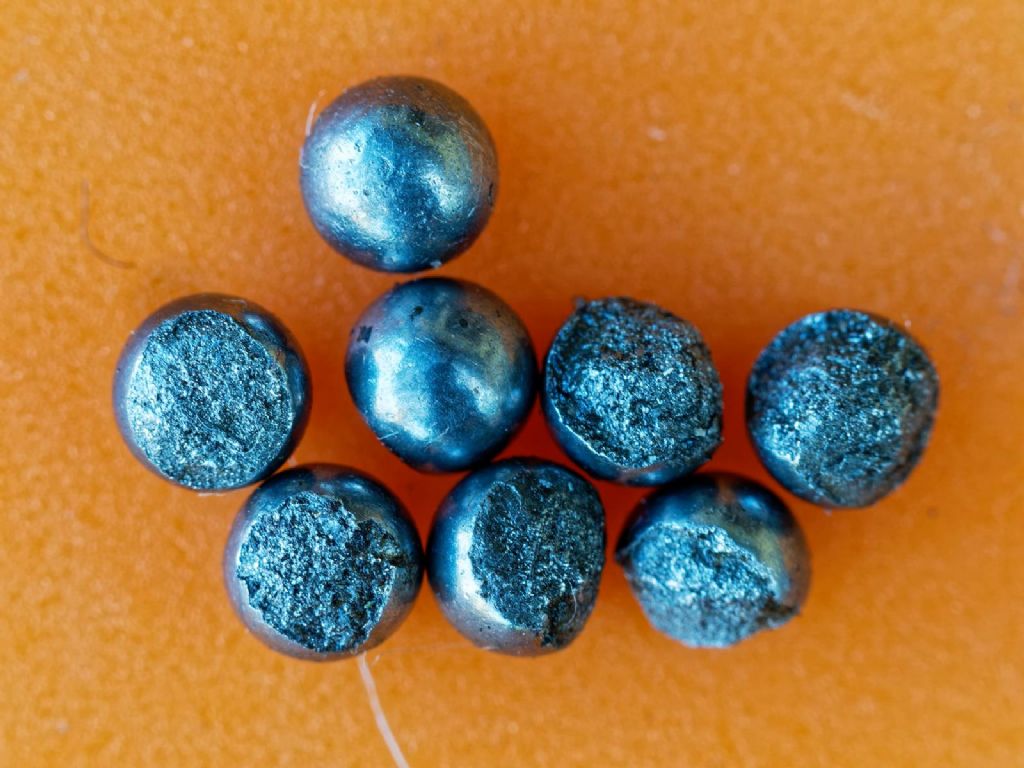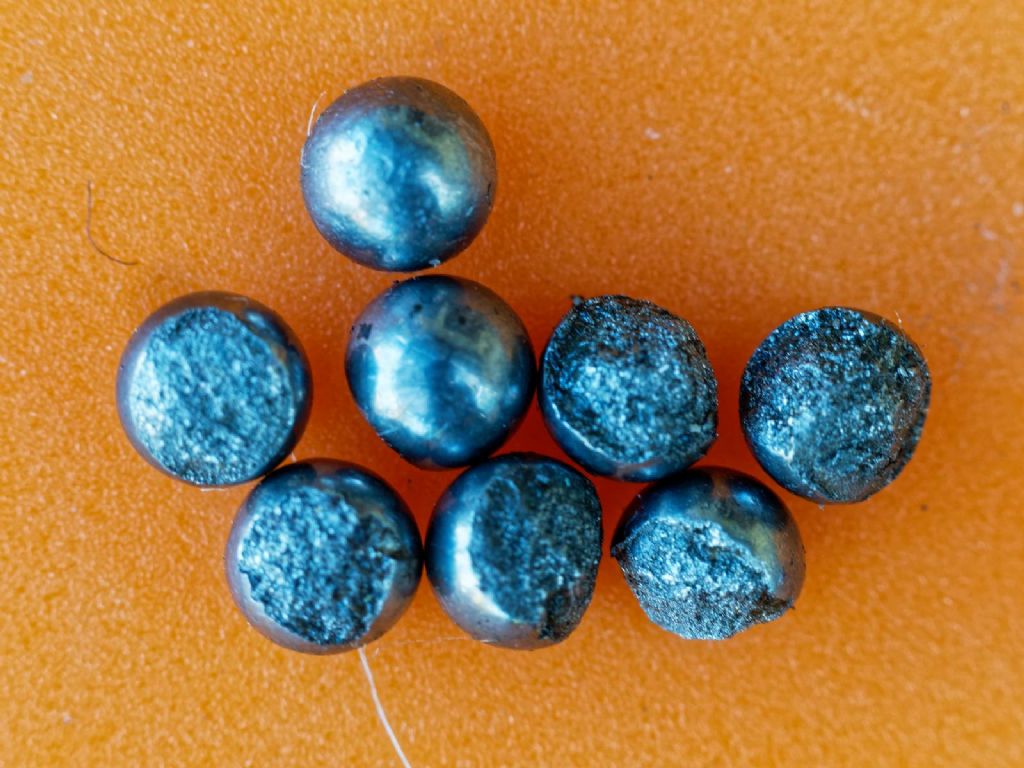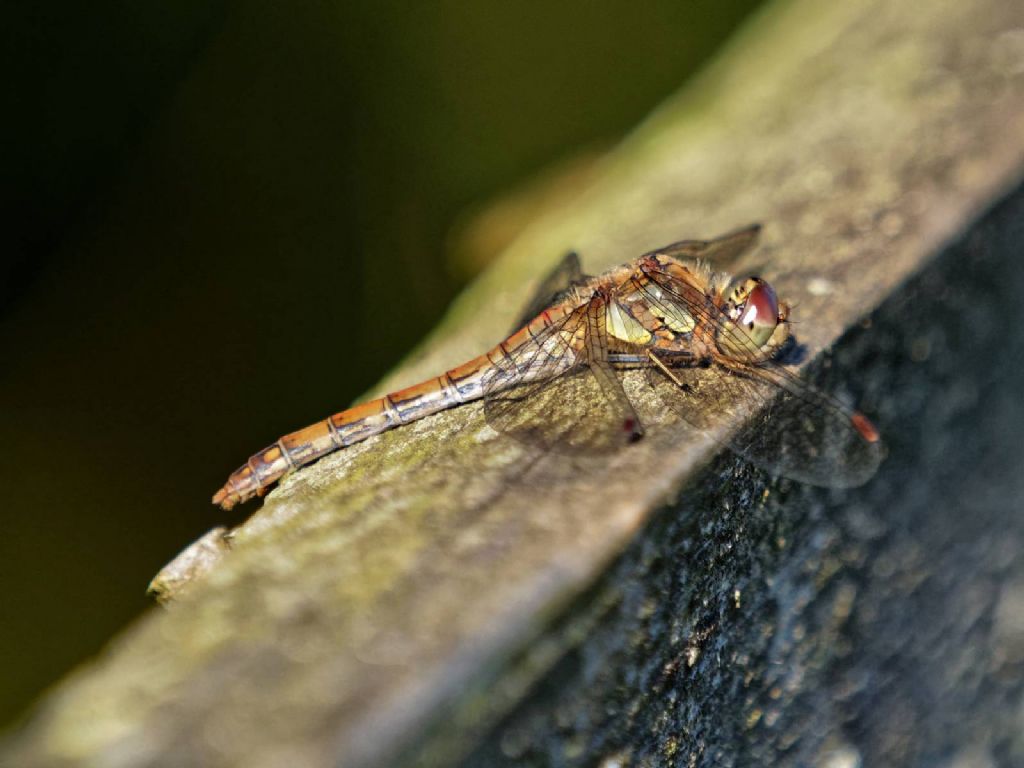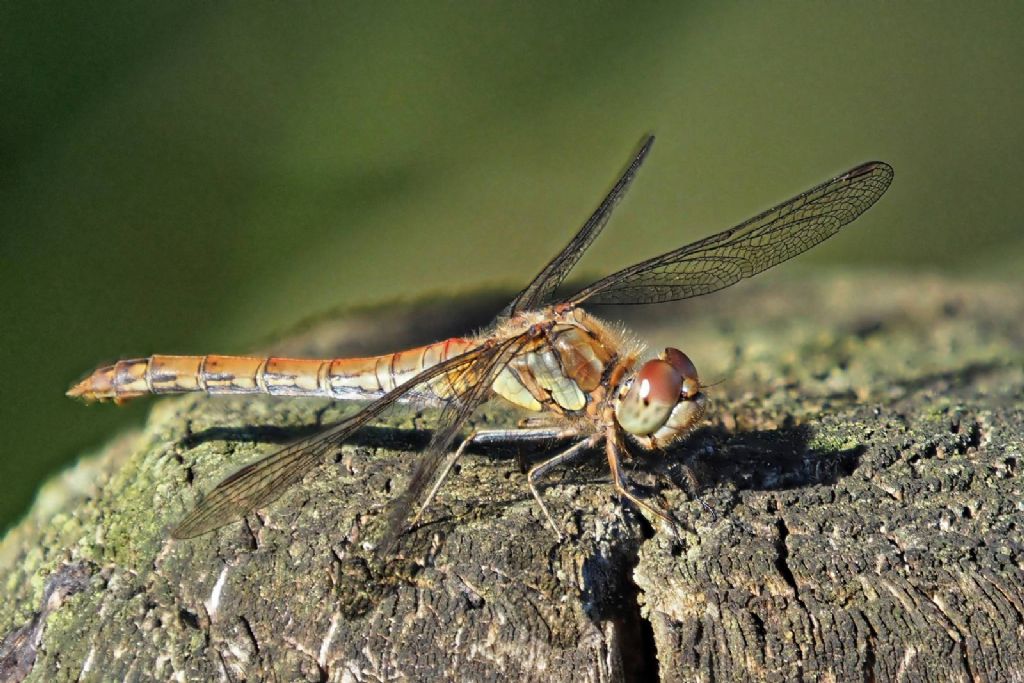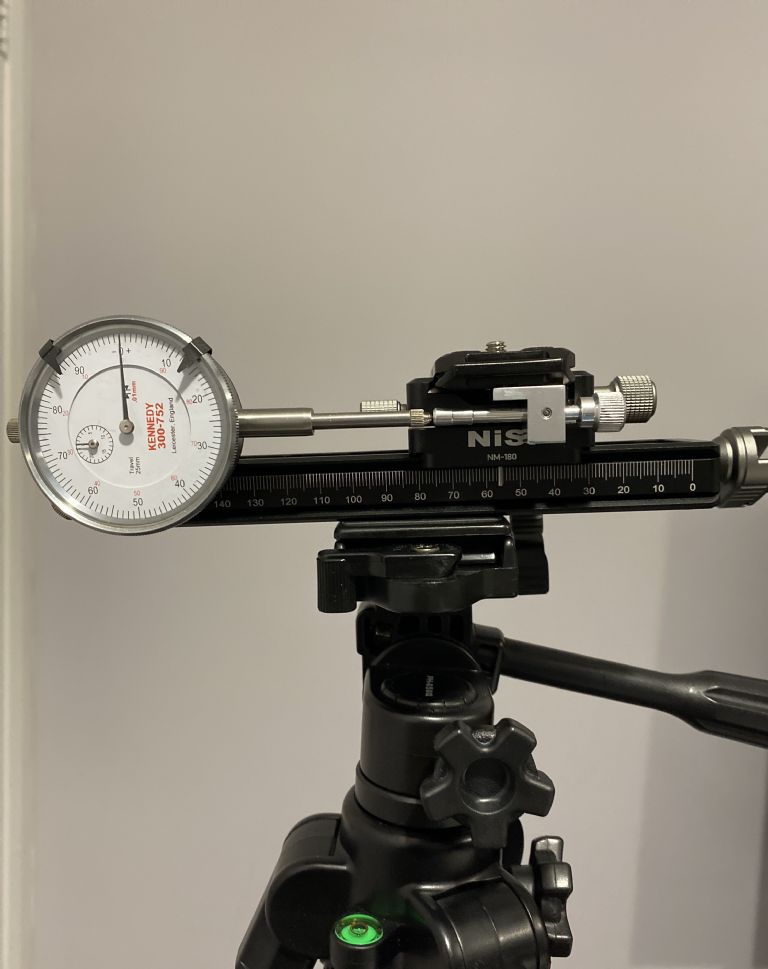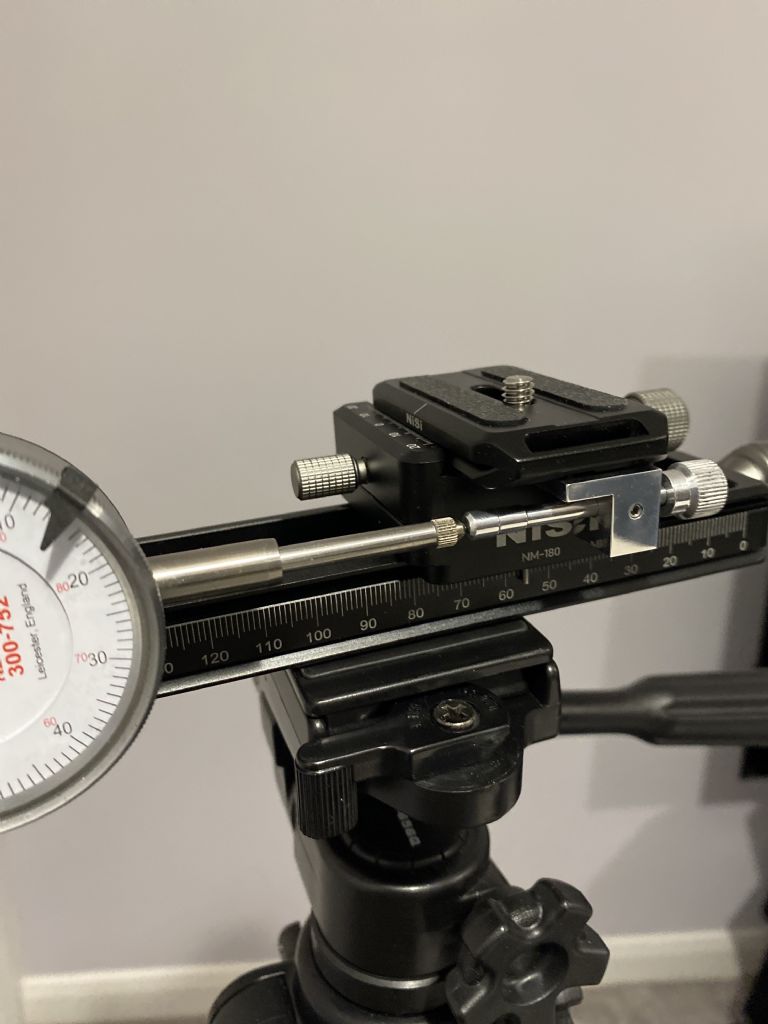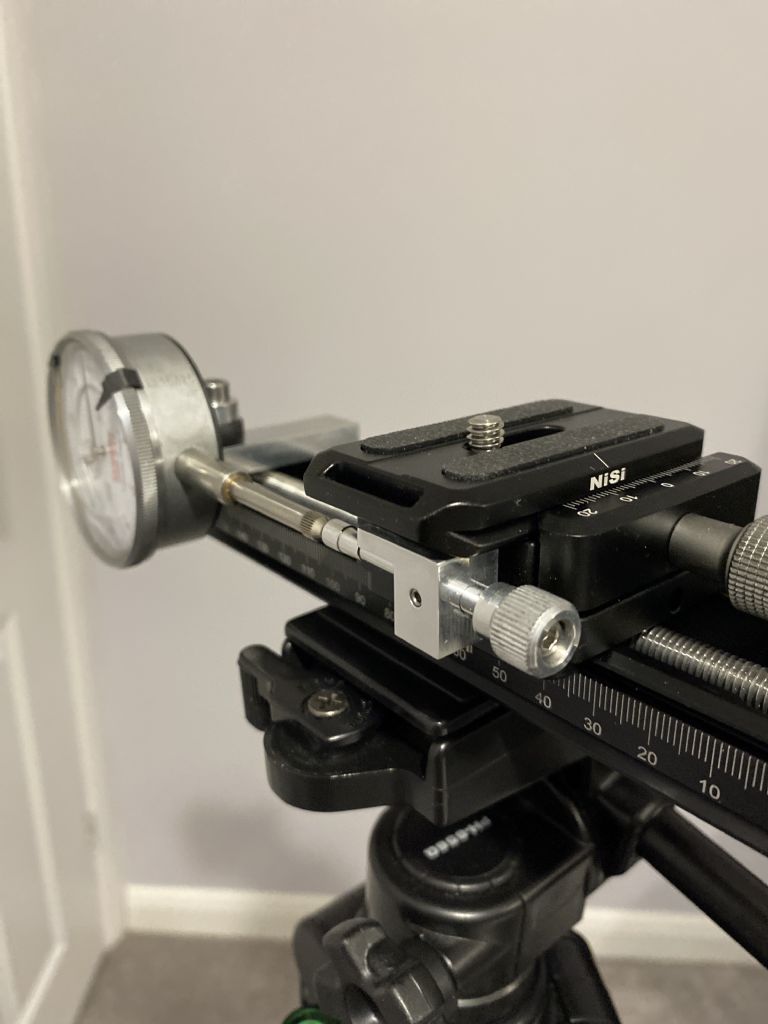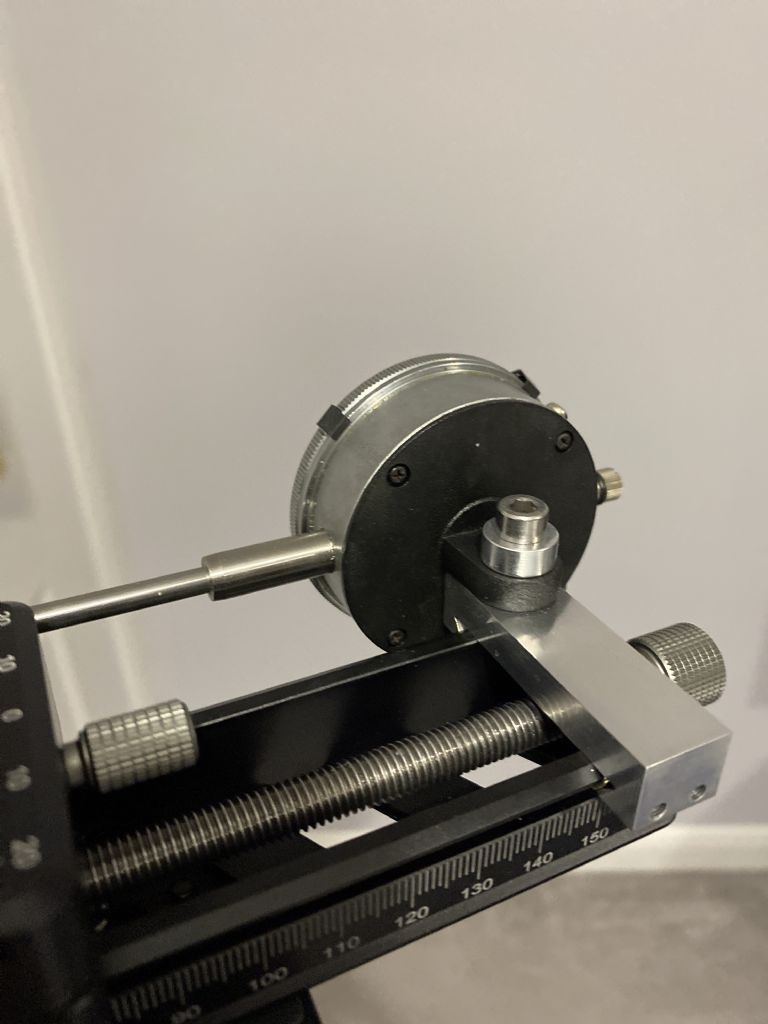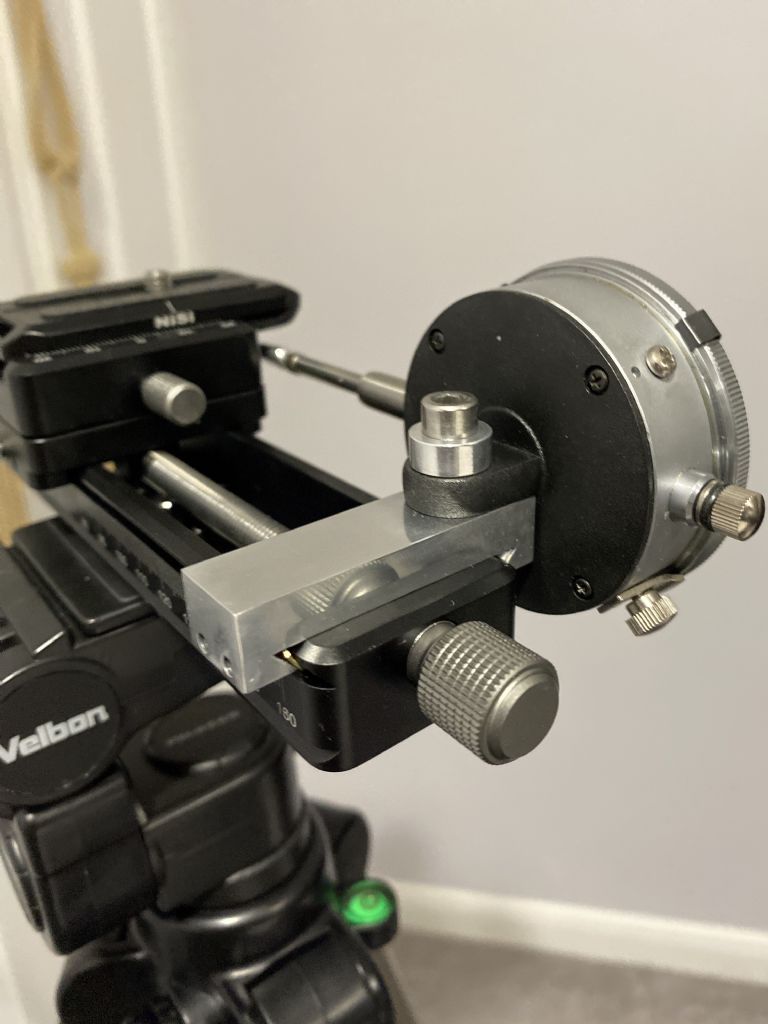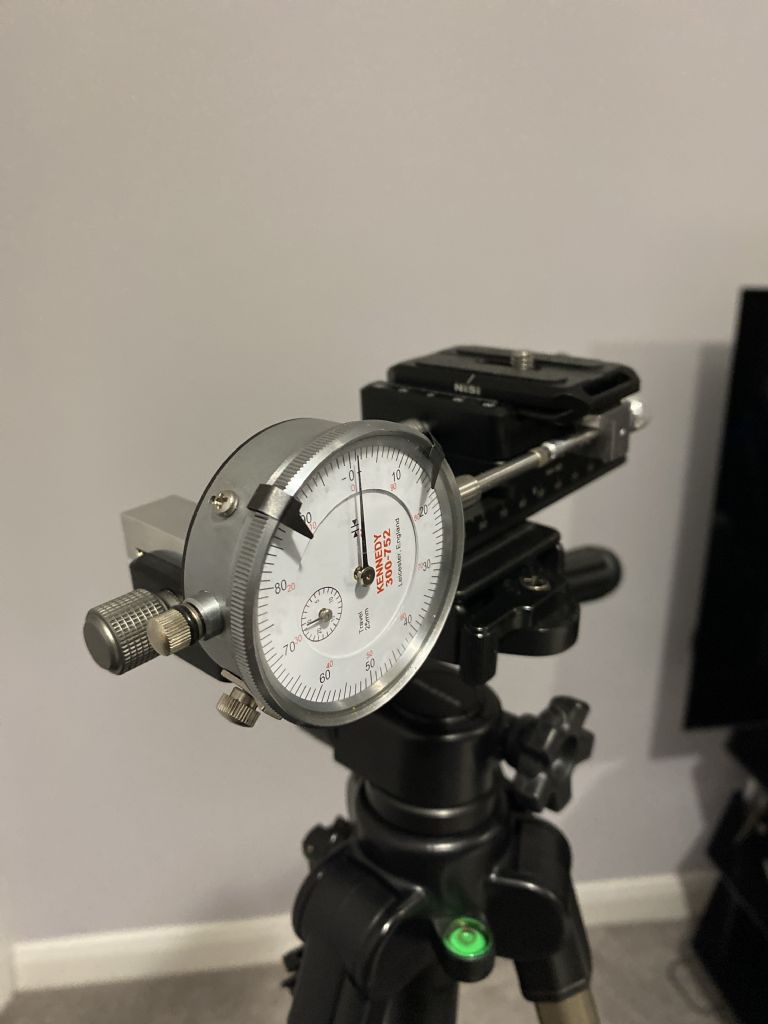Posted by Michael Gilligan on 30/09/2020 07:24:01.
That’s an interesting and rather effective image, Bill
Could you please share a single frame from that stack, for comparison ?
MichaelG.
Michael, It looks like I misinformed folk originally as I think it must have been a stack of 15 images, though I can only currently find 14 of them in the recycle bin.
If you've seen the video above, you'll have spotted that one can also set a focus differential between shots; in this case I used 1 for a minimum shift between adjacent photos, as the bearings were only 1/8", so I only needed a Depth of Field (DOF) of a bit over 1/16"
If I'd practiced more, rather than what was really just a snapshot to illustrate a point, I think I'd have ended up using a differential of 2, but without playing more I'm not sure.
I'm really not very experienced with this stuff.
Also a couple of basic errors, as I was rushing a bit to complete before we went out for a walk seeking fungi to photograph.
You'll have spotted a blue cast on the bearings which make it look like they've overheated.
I think it was because I left the camera's white balance set to Auto, and the orange plastic lid fooled it.
These two later images were processed individually from raw files from the original stack, and show less colour cast, but I forgot to correct it further before uploading to here; whats left of the bearings is actually silver.
This was 15 stacked images, taken in jpg+raw, but the final result out of camera is a jpg as a result of the in-camera stacking.
I don't normally bother with white balance, as I usually shoot raw, rather than jpg, so it's easy to compensate later.
Inevitably when I shoot these bracketed focus shots, I forget to pre-set to the correct colour temperature.
The second error, was forgetting to reset the differential to 5, so I failed to get full DOF on the later fungi shots.
Front image of stack

Back image of stack

There is a 15th image somewhere, which I think shows a bit more DOF on the lower right hand ball.
It's one of these techniques which needs more practice than I've given it, as there are no set numbers relating to the actual DOF for each of the focus differentials, as it depends on the distance, as well as the lens.
I'd previously had a go with my 4/3s 150mm Sigma macro lens + 25mm tube, which is as sharp a combination as any really, but to get sufficient DOF, I had to stop it down so far that diffraction damaged the image quality.
Anything greater than F5.6 does cause loss of quality in 4/3 or m4/3s, though it's workable OK up to about F11
Being a Sigma lens the in-camera stacking doesn't work, though I could probably have opened up to F2.8 and uses auto bracketing and lots of shots to re-assemble in Helicon or similar.
I don't have a licence for it though, and this was really only for a quick snapshot with minimal post processing.
DOF Calculator is worth a look as well;
https://www.photopills.com/calculators/dof
Bill
Edited By peak4 on 30/09/2020 13:29:59
 Michael Gilligan.
Michael Gilligan.

